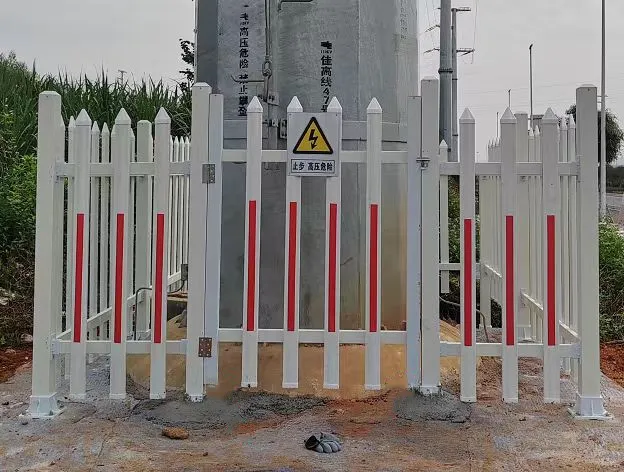loading...
- No. 9, Xingyuan South Street, Dongwaihuan Road, Zaoqiang County, Hengshui, Hebei, China
- admin@zjcomposites.com
- +86 15097380338
- Welcome to visit our website!
GRP Insulated Water Tanks for Efficient Temperature Management and Energy Savings
The Benefits of GRP Insulated Water Tanks
In recent years, the demand for sustainable and efficient water storage solutions has grown significantly, particularly in commercial and industrial sectors. One of the most innovative and effective solutions to emerge is the Glass Reinforced Plastic (GRP) insulated water tank. This modern technology is transforming the way we think about water storage, offering numerous advantages that are both environmental and economic.
What is a GRP Insulated Water Tank?
A GRP insulated water tank is made from a composite material that includes glass fibers embedded in resin, creating a lightweight yet extremely strong structure. The insulation aspect involves a layer that helps maintain the temperature of the water inside the tank, making it suitable for various climates and applications. These tanks can be prefabricated to specific dimensions and capacities, allowing for versatility in installation, whether in urban settings or remote locations.
Advantages of GRP Insulated Water Tanks
1. Thermal Efficiency One of the primary benefits of GRP insulated tanks is their excellent thermal performance. The insulation minimizes heat transfer, which is particularly crucial for applications requiring temperature-controlled water. For instance, in areas with extreme temperatures, insulated GRP tanks can keep water from freezing in the winter while maintaining cool temperatures in the summer months.
2. Durability and Longevity GRP tanks are highly resistant to weathering, corrosion, and chemical damage. Unlike traditional materials like steel or concrete, GRP does not rust or erode, which significantly extends the lifespan of the tank. This durability ensures that investments in water storage systems do not require frequent replacements, resulting in long-term savings.
grp insulated water tank

3. Lightweight and Easy to Install The lightweight nature of GRP allows for easier handling and installation compared to older materials. This feature is particularly advantageous in areas where access is challenging or where heavy lifting equipment is not available. The reduced weight means that fewer structural reinforcements may be needed, further simplifying the installation process.
4. Cost-Effectiveness Although the initial investment in GRP technology may be higher than traditional options, the long-term savings on maintenance and replacement costs make GRP insulated water tanks an economically viable choice. Additionally, their energy efficiency contributes to lowered operational costs for temperature management systems.
5. Environmental Benefits With rising awareness of environmental issues, the sustainability of materials used in construction and storage systems is increasingly vital. GRP insulated tanks are often considered eco-friendly as they can be manufactured using recycled materials. Furthermore, their insulating properties reduce energy consumption, leading to a smaller carbon footprint.
6. Versatility GRP insulated water tanks are suitable for a wide range of applications. From residential water supply to agricultural irrigation systems, industrial processes, and fire protection, their versatility makes them a go-to solution across numerous sectors. They can be produced in various shapes and sizes to meet specific requirements, ensuring their utility in diverse environments.
Conclusion
In conclusion, GRP insulated water tanks represent a significant advancement in water storage technology, combining durability, thermal efficiency, and economic practicality. As we face increased demands for water resources amidst changing environmental conditions, the shift towards more sustainable solutions like GRP tanks is crucial. Their ability to maintain water quality while offering a robust and lightweight structure makes them an ideal choice for businesses and homeowners alike. By investing in GRP insulated water tanks, we are not only ensuring a reliable water supply but also contributing to a more sustainable future.
-
The Rise of FRP Profiles: Strong, Lightweight, and Built to LastNewsJul.14,2025
-
SMC Panel Tanks: A Modern Water Storage Solution for All EnvironmentsNewsJul.14,2025
-
GRP Grating: A Modern Solution for Safe and Durable Access SystemsNewsJul.14,2025
-
Galvanized Steel Water Tanks: Durable, Reliable, and Ready for UseNewsJul.14,2025
-
FRP Mini Mesh Grating: The Safer, Smarter Flooring SolutionNewsJul.14,2025
-
Exploring FRP Vessels: Durable Solutions for Modern Fluid HandlingNewsJul.14,2025
-
GRP Structures: The Future of Lightweight, High-Performance EngineeringNewsJun.20,2025
